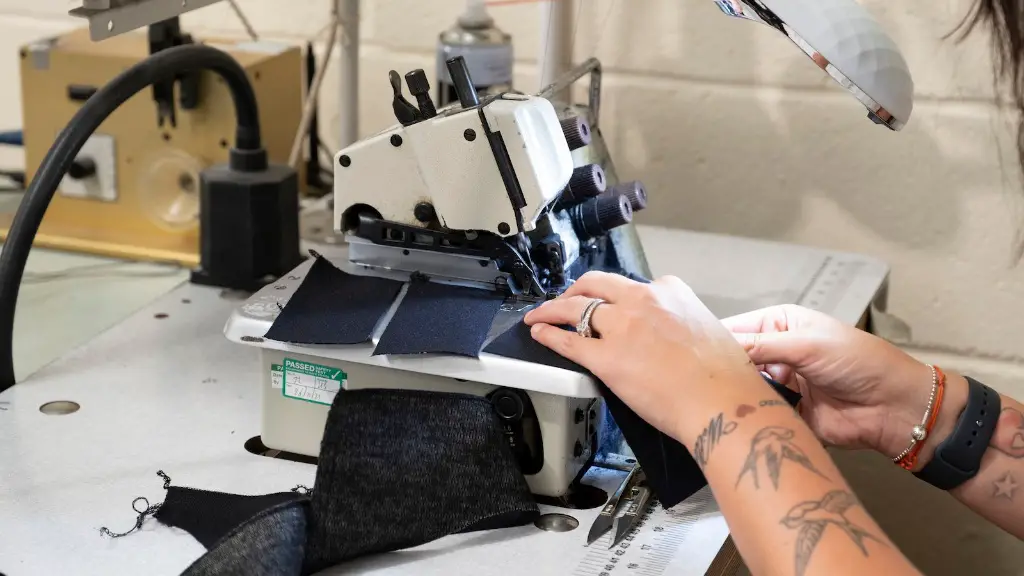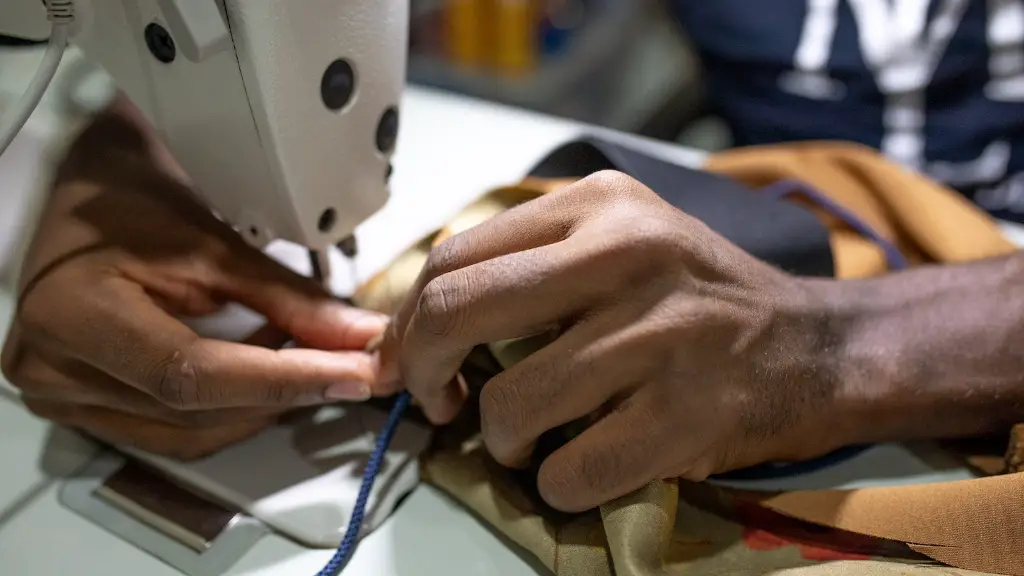Material
To make a dust cover for a sewing machine, you need to decide what material to use. Cotton is usually the best choice, as the fabric is lightweight, breathable, and machine-washable. It’s also quite durable. If you want your dust cover to last longer, consider using heavier-weight cotton or canvas. Thicker fabric is also a good choice if your sewing machine has a special shape, as it will provide a better fit and protect the machine better.
You can buy fabrics specifically designed for dust covers in fabric stores. These fabrics usually come with a layer of batting in between the two layers of fabric, which helps keep the sewing machine from getting dusty. You’ll need to measure your machine before buying fabric to ensure that you get enough.
Pattern
The next step is to create a pattern for your dust cover. You can make your own pattern using an existing dust cover as a guide, or you can purchase patterns from a fabric shop. Either way, it is important to make sure that your pattern includes enough seam allowance for the fabric to fit around the machine.
When making the pattern, use a ruler and a fabric marker or chalk to draw a line around the sewing machine. Be sure to leave enough room for seam allowances. Once you’ve created the pattern, use scissors or a rotary cutter to cut out the pieces.
Fabric Pieces
Once you have the pattern pieces, lay them out on the fabric and use a ruler and fabric marker or chalk to draw around them. Cut out the pieces with scissors or a rotary cutter. To make a dust cover with batting, cut two pieces of fabric in the same size and one piece of batting. Pin the batting between the two pieces of fabric and stitch them together, using a sewing machine.
Once the batting is in place, lay the pieces on top of each other and stitch them together with a sewing machine. It is important to leave the sides open so that the dust cover can be put on and taken off easily. To give your dust cover an extra layer of protection, add a Velcro closure or an elastic band.
Finishing Finishes
The last step is to finish the edges of the dust cover. Use an overcast stitch or zigzag stitch to prevent the fabric from unraveling. It is also a good idea to press the seams with an iron to create a finished look. Once the edges are finished, try on the cover to make sure it fits correctly. If needed, you can make adjustments to the seams.
Finally, hang the cover on your sewing machine and enjoy the protection it provides. Your machine will stay clean and free of dust, making it easier to use.
Protective qualities
The dust cover not only protects the sewing machine from gathering dust and debris, but it will also help keep the machine in good condition for a longer period of time. The thick fabric will provide insulation from temperature fluctuations, and it will absorb moisture, thus protecting the machine’s circuitry.
Additionally, it will also protect the machine from dents, scratches and other minor damage. Lastly, it can act as a cushion and provide extra protection from bumps and falls.
Variations
You can customize your dust cover to reflect your sewing machine’s unique style. Consider using different fabrics and embellishments to make a stylish cover. Additionally, you can use piping or bias tape to add a decorative touch. If you want to add a pocket to the cover, you can use fabrics and coordinating thread to create a pocket.
You can also consider making a dust cover with a draw string, which can be pulled tightly around the machine. This will provide extra protection and will make it easier to take on and off.
Storage
When not in use, the dust cover should be stored away from dust and sunlight. You can hang the dust cover on a hook or peg or simply fold it and place in a drawer or on a shelf.
By taking good care of the dust cover, you can ensure that it lasts for years to come. The fabric will stay strong, and the dust cover will continue to provide the protection your machine needs.
Cleaning
Cleaning the dust cover is an important part of taking good care of your sewing machine. Dust covers should be washed every two to three months. You can either hand-wash the cover or machine-wash it using cold water and mild detergents. If you machine wash the cover, tumble dry on low heat.
Once the dust cover is clean, fold it and store it in a dry and dust-free area. With a dust cover in place, you and your sewing machine will be able to enjoy a dust-free environment.




